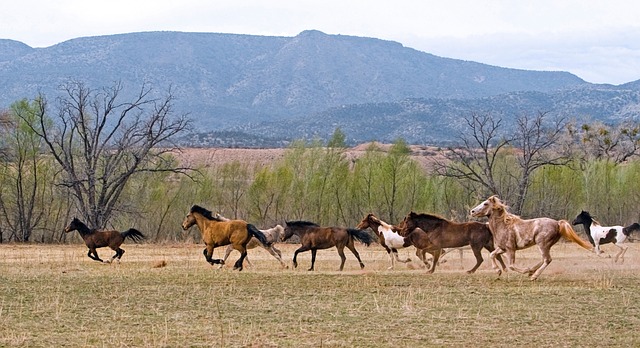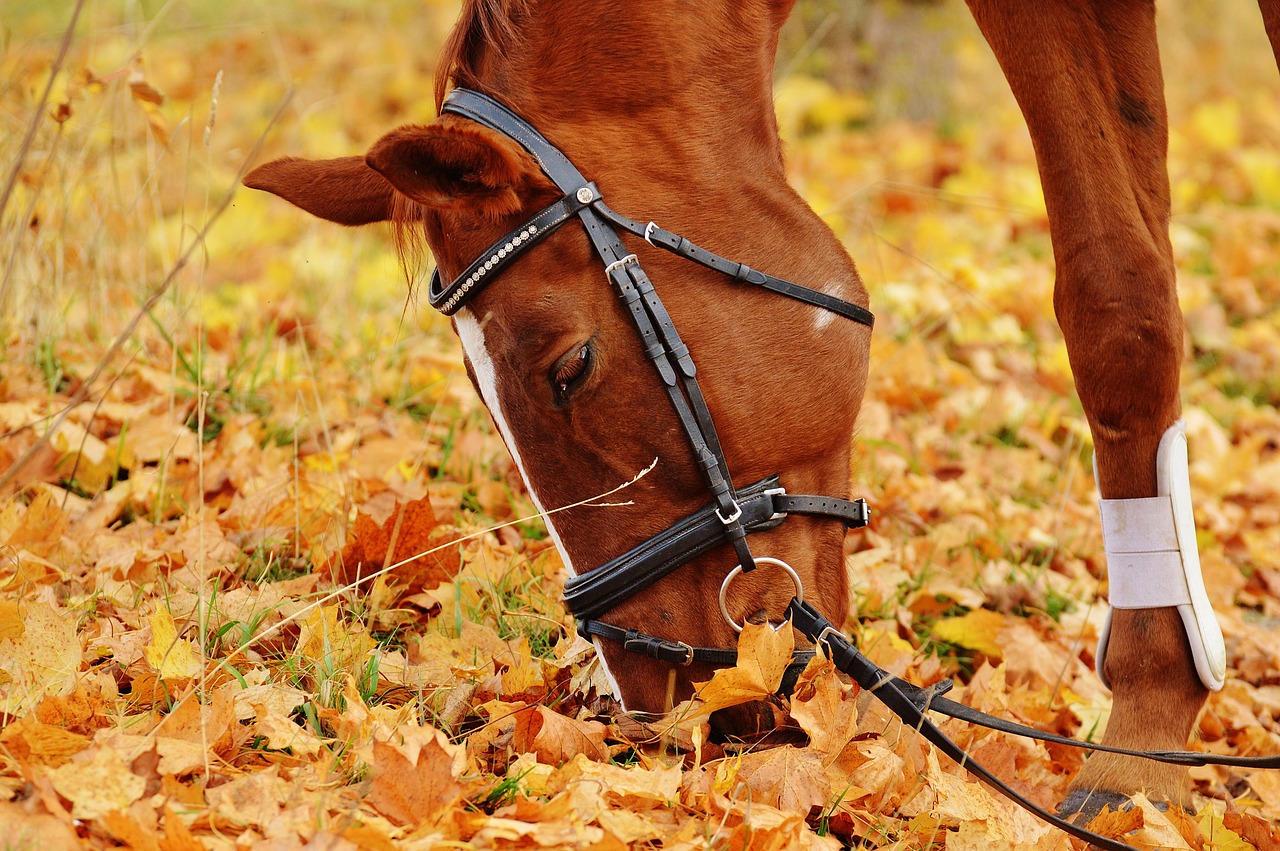|
DOMESTIC HORSES AND THIER BACKGROUND: There is only one species of domestic horses, but around 400 different breeds.
While most horses are domestic, others remain wild. Feral horses are the descendents of once-tame animals that have run free for generations. Groups of such horses can be found in many places around the world. Free-roaming North American mustangs, for example, are the descendents of horses brought by Europeans more than 400 years ago.
Wild horses generally gather in herds of 3 to 20 animals. A stallion (mature male) leads the herds, which consists of mares (females) and young foals. When young males become colts, at around two years old, the stallion drives them away. The colts then roam with other young males until they can gather their own band of females. |


